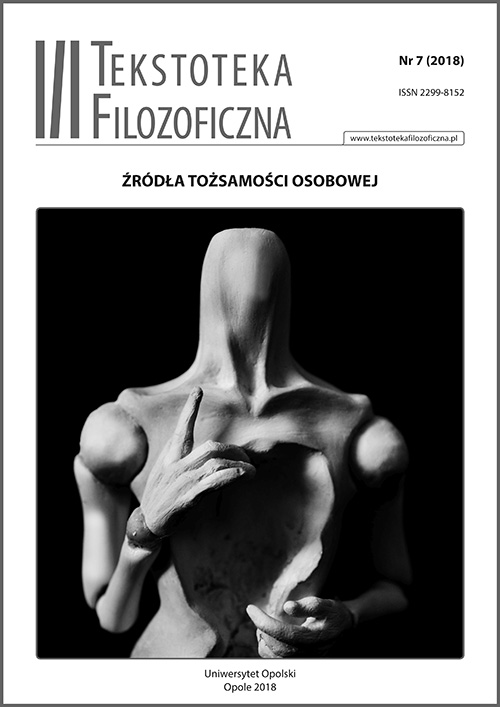Journey towards “Her” Identity: Remedios Varo
Journey towards “Her” Identity: Remedios Varo
Author(s): Zdeňka Kalnická, Juraj KalnickýSubject(s): History of Philosophy, Philosophical Traditions, Special Branches of Philosophy
Published by: Uniwersytet Opolski
Keywords: Anima; Animus; archetype; Carl Gustav Jung; feminism; gender; identity; psychoanalysis; Remedios Varo; surrealism; symbol; woman
Summary/Abstract: The aim of the paper is to examine the place of gender in the context of surrealism, to ana-lyze its consequences for women surrealist artists, and to document how these artists dealt with the situation personally, and especially in their images (artworks). We focus on a par-ticular case – the life and work of Remedios Varo – to reveal the function of gender on mi-cro-level, influencing the development of Remedios Varo’s individual identity, and especial-ly the role gender plays in the images to be found in her artworks. In the first part, we ana-lyze the reaction of Remedios Varo to the adopted view of male surrealists that a woman (even woman-artist and member of surrealist group) mainly plays the role of a Muse, adored for her beauty and some parts of her feminine psyche (intuition, closer relation to uncon-sciousness). In the second part of our paper, we analyze and interpret Varo’s painting Wom-an Leaving the Psychoanalyst's Office with the aim to identify gender dynamics of the imag-es to be found in this artwork and to show how gender operates on this “symbolic” level. In the process of interpretation, psychoanalysis and especially Jung’s explanation of Anima-Animus archetype are taken into account in order to describe the background Remedios Varo worked with and against. This interpretation shows that Remedios Varo significantly con-tributed to the feminist critique of psychoanalysis and reinterpretation of Jung’s Anima-Animus archetype. Remedios Varo created a particular type of gendered images which are worth examining in order to reveal how she participated in the process of changing the tradi-tional notion of gender differences and characteristics. The examination of micro-cultural gender dynamics indicates that we cannot simply distinguish individual, social and symbolic aspects of gender. They are interconnected and mutually influence one another so it is hard to determine which of them plays the most important role in the construction of the (individ-ual) gender identity.
Journal: Tekstoteka Filozoficzna
- Issue Year: 2018
- Issue No: 7
- Page Range: 73-81
- Page Count: 9
- Language: English

